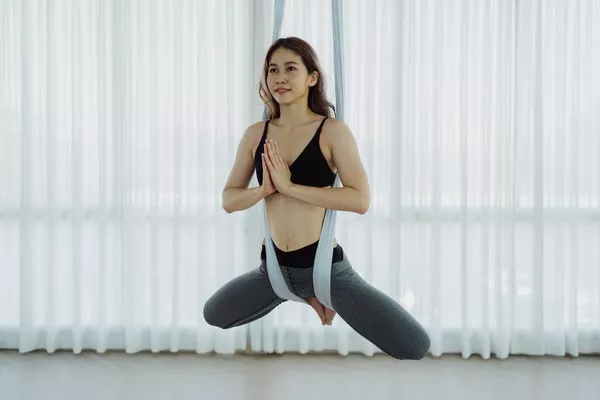Yoga, an ancient practice rooted in Indian tradition, has evolved into a global phenomenon, offering a plethora of styles and variations to suit diverse preferences. One such popular style is 26&2 Yoga, an invigorating and transformative practice that has captivated practitioners worldwide. In this comprehensive article, we delve deep into the essence of 26&2 Yoga, exploring its history, key elements, benefits, and how it differs from other yoga styles. Whether you’re a seasoned yogi or a curious beginner, this article will guide you through the foundations and intricacies of this time-honored practice.
Origins and Evolution
The roots of 26&2 Yoga can be traced back to the traditional Hatha Yoga system, which dates back thousands of years. It was brought into prominence by Bikram Choudhury in the 20th century. Bikram, an Indian yoga teacher, developed a series of 26 postures (asanas) and 2 breathing exercises (pranayamas) designed to be practiced in a room heated to 105°F (40.5°C) with 40% humidity. This unique combination of postures and heat became the hallmark of 26&2 Yoga and was initially called Bikram Yoga.
The 26&2 Sequence
The 26&2 sequence is a well-balanced and structured set of postures, each designed to target specific areas of the body while preparing it for the subsequent postures. The series is intended to work every muscle, joint, ligament, and organ in the body, providing a comprehensive workout and promoting overall wellness.
Heat and Humidity: The Bikram Difference
Central to the 26&2 Yoga experience is the hot and humid environment in which the practice takes place. Practicing yoga in a heated room is believed to facilitate increased flexibility, reduced risk of injury, and enhanced detoxification as the heat induces profuse sweating, aiding in the elimination of toxins from the body.
Benefits of 26&2 Yoga
The benefits of 26&2 Yoga extend far beyond the physical realm. Regular practitioners attest to experiencing improved strength, flexibility, and balance. Moreover, the practice is known to promote mental clarity, stress reduction, and an overall sense of well-being.
Safety Considerations
While 26&2 Yoga can be highly beneficial, it is essential to practice with caution and be aware of the potential risks associated with the intense heat and physically demanding postures. Pregnant individuals, those with certain medical conditions, or beginners with limited physical fitness should consult their healthcare provider before attempting this practice.
Key Principles
The practice of 26&2 Yoga is guided by several key principles that contribute to its effectiveness:
Breath Control (Pranayama): The synchronized breathwork in 26&2 Yoga enhances focus, calms the mind, and promotes better oxygenation of the body.
Alignment and Precision: Precise alignment in each posture ensures maximum benefits and reduces the risk of injury.
Consistency and Discipline: Regular practice is encouraged to experience the full range of benefits 26&2 Yoga offers.
26&2 Yoga vs. Other Yoga Styles
While 26&2 Yoga shares similarities with other yoga styles, such as Hatha Yoga, it stands apart due to its specific sequence, heated room, and emphasis on holding each posture for a longer duration. Unlike Vinyasa or Ashtanga Yoga, which feature flowing sequences, 26&2 Yoga follows a fixed sequence.
Conclusion
In conclusion, 26&2 Yoga is a compelling and unique yoga style that has garnered a massive following worldwide. Rooted in tradition yet adapted for the modern world, this practice combines physical and mental benefits, making it an appealing choice for individuals seeking a challenging and holistic yoga experience. Embracing the principles of discipline, alignment, and breath control, practitioners can unlock the true potential of their mind and body, journeying towards improved health and well-being. As with any yoga practice, it is vital to approach 26&2 Yoga with awareness and respect, listening to one’s body, and seeking guidance from experienced instructors to ensure a safe and transformative yoga journey.


